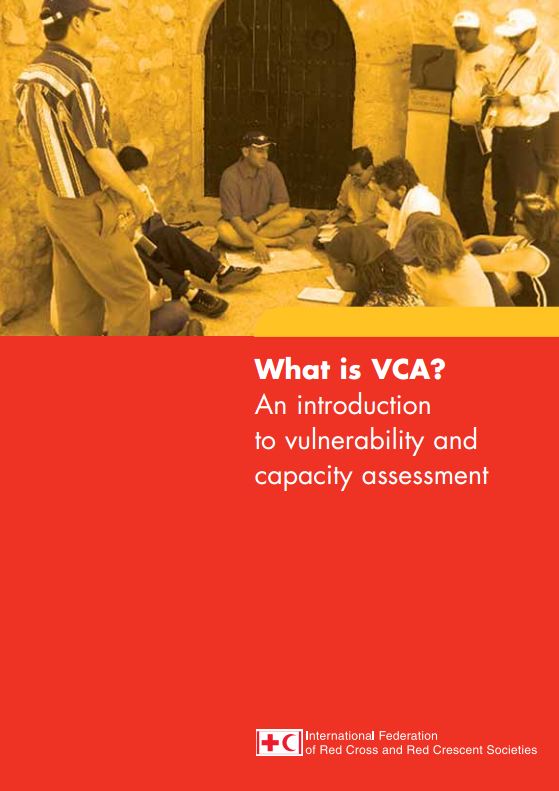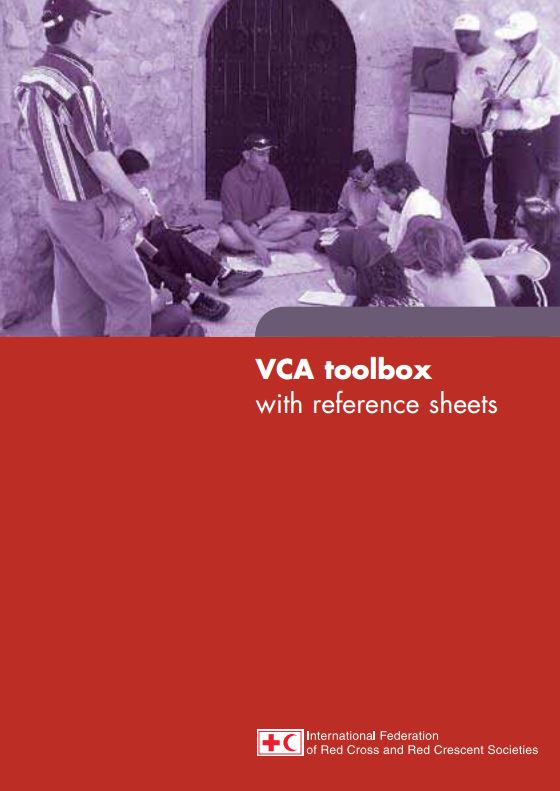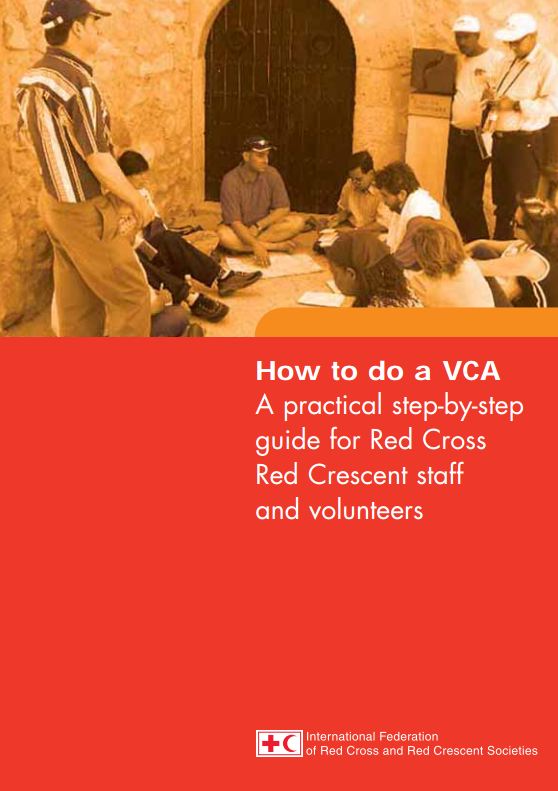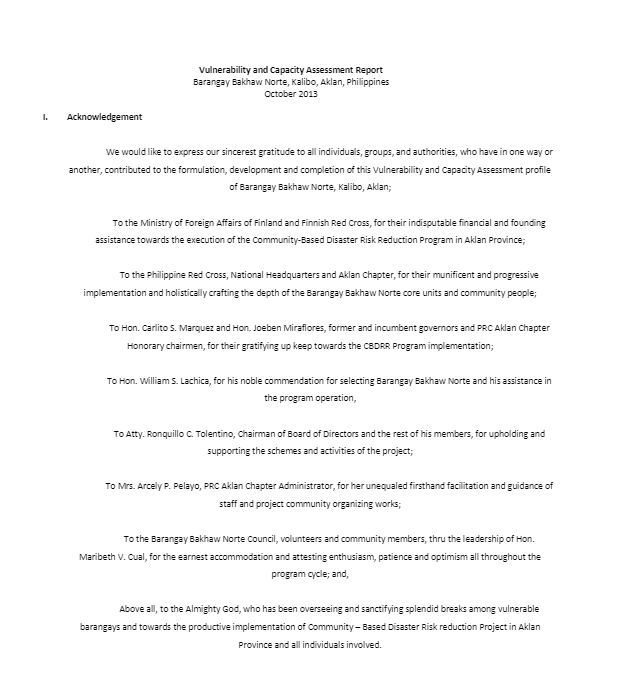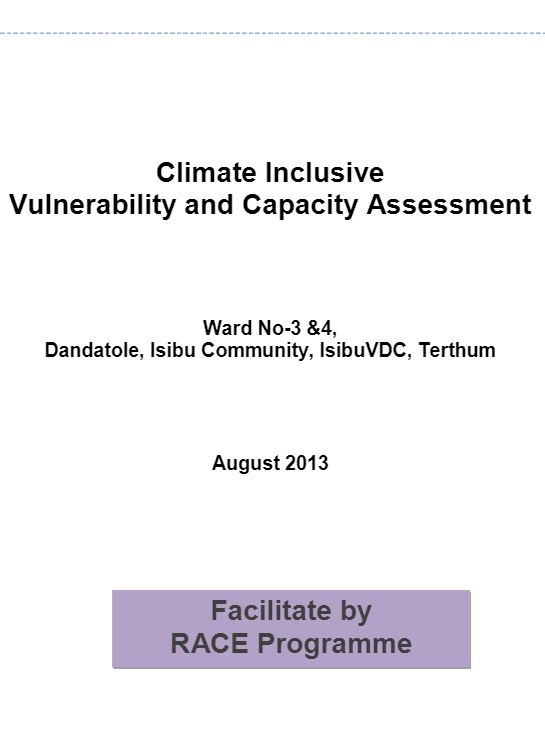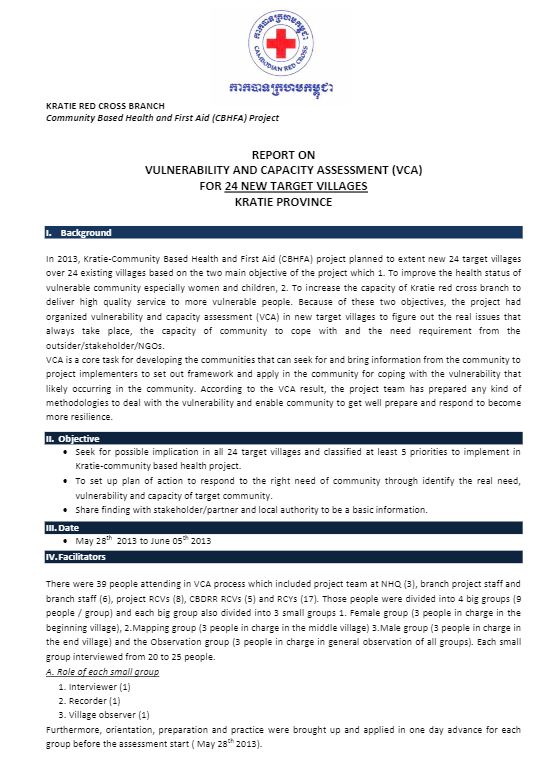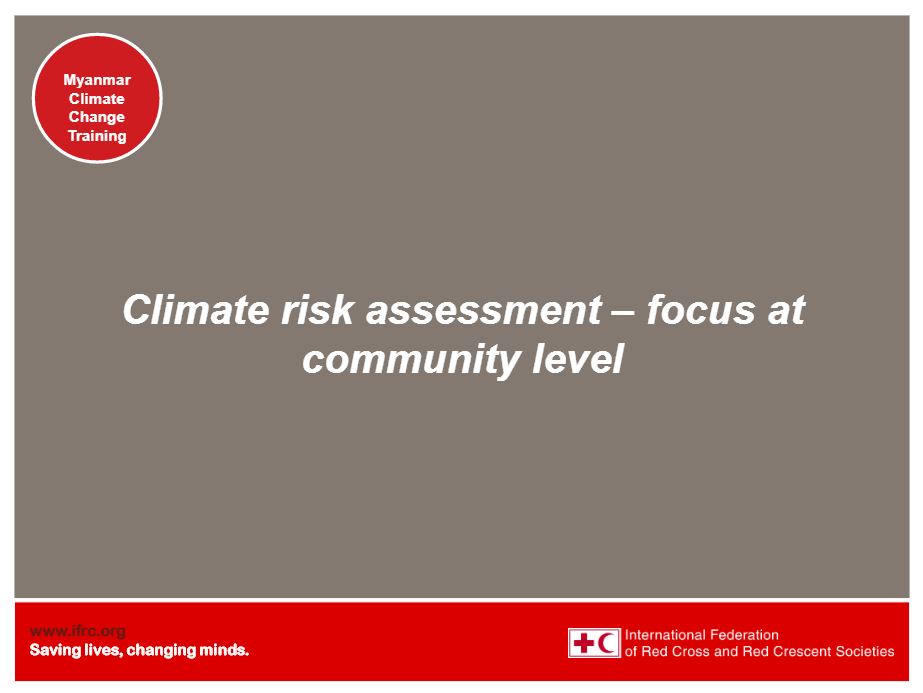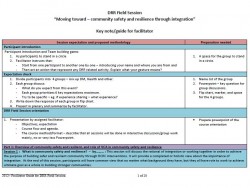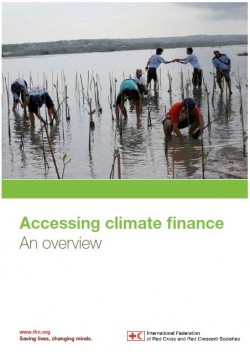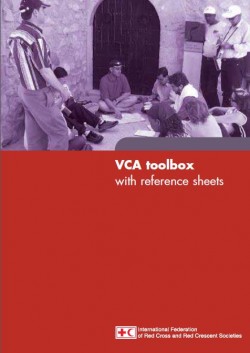Purpose:
This introductory guide to VCA draws on ten years of experience within the Movement, to show how the process can be effectively used by National Societies to reinforce disaster preparedness within their communities, whilst linking this with other programmes and activities into a mutually reinforcing whole – as part of Strategy 2010 and towards the goals of the “Federation of the Future”. It is accompanied by three other practical guides: How to do VCA, VCA toolbox and VCA training.
Overview:
This document discusses about:
- The purpose of VCA
- What does VCA involve?
- What is the outcome of a VCA?
Usage: Training, Monitoring and evaluation (M&E)
Audience: National Society technical staff and volunteers
For the other series of VCA guides:
- For How to do a VCA, click here How to do a VCA
- For VCA Toolbox, click here VCA Toolbox with reference sheets
- For VCA training guide, click here VCA Training guide
- For VCA lesson learnt and recommendations, click here Lessons and recommendations
- For VCA practical guide step by step, click here English version size 5 MB, Burmese version size 4 MB, Lao language size 1 MB, Khmer size 4 MB
![]()


